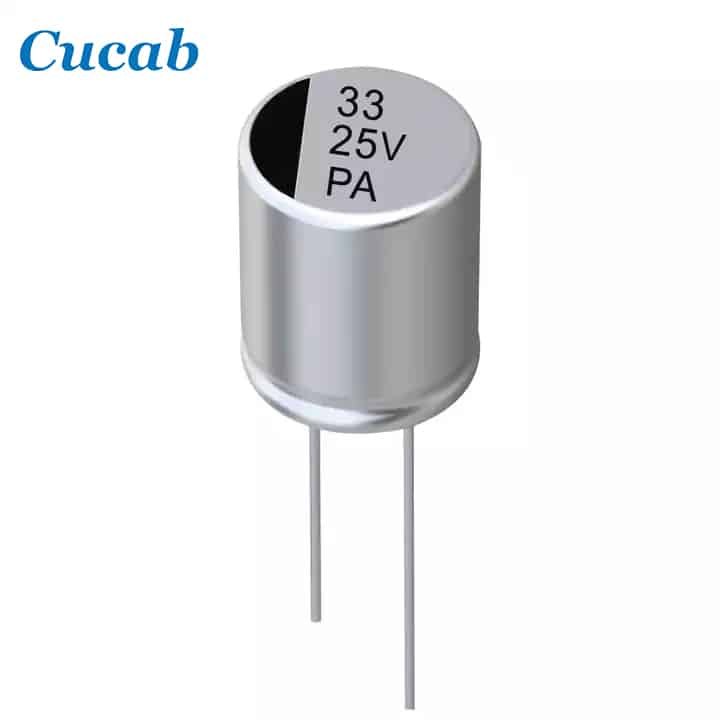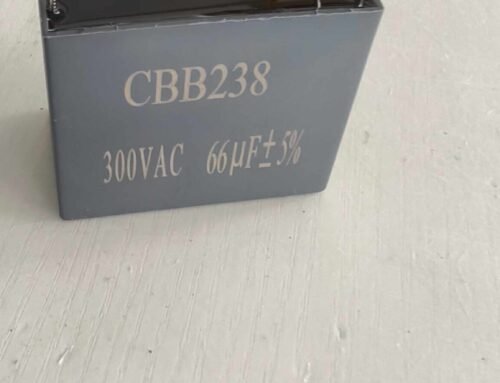The capacitor is a kind of energy storage element, which is one of the basic components of electronic circuits. When the voltage is added at both ends of the capacitor, the capacitor absorbs energy from the power supply and stores it in the electric field established between the two pole plates, and when the voltage at both ends of the capacitor drops, it releases the original stored energy from the electric field. In electronic production, capacitors are second only to resistors, and they are widely used in coupling, filtering, DC isolation, regulation circuits, and oscillation circuits with inductive components.
The quality of capacitor is mainly shown by the capacitance and leakage resistance. The capacitance of amperometric capacitors can be measured by capacitance tester or digital multimeter; the leakage resistance can be simply measured by pointer multimeter. We mainly introduce the methods of qualitative and semi-quantitative quality inspection of the amperometric capacitors using multimeter below.
The abnormal performance of capacitor is mainly: failure, short circuit, breakage, leakage, etc. The following is a brief introduction to the method of using pointer multimeter for detection.
1、Detection of fixed capacitor (non-electrolytic capacitor).
According to the charging and discharging principle of capacitor, you can use multimeter R×1K or R×10K (depending on the capacity of capacitor) to measure it. When measuring, the two pens will touch the two pins of the capacitor (capacity more than 0.01 microfarads), then the pointer of the meter will deflect rapidly in clockwise direction, and then gradually return to “∞” in counterclockwise direction, if the pointer does not return to “∞”, it means If the pointer does not return to “∞”, it means the capacitor leakage, and the reading after the pointer stabilizes is the leakage resistance value of the capacitor. Generally, the leakage resistance of capacitor is very large, about several hundred megohms to several gigohms. The larger the leakage resistance is, the better the insulation performance of the capacitor is. If the leakage resistance value is much smaller than the above data, it means that the capacitor is seriously leaking and cannot be used; if the meter pointer is stable at “0Ω”, it means that the capacitor is short-circuited and cannot be used; if the meter pointer has no reflection and always stays at “∞”. Then it means the capacitor is open inside and can’t be used.
2、Detection of capacitor capacity
The capacity of safety capacitor is usually tested by digital multimeter or digital capacitance tester, if there is no digital multimeter or digital capacitance tester, you can use pointer multimeter for simple estimation. For capacitors with capacity above 1 microfarad, the following method can be used: use multimeter R×1K block to test, use two pens of multimeter to touch the two pins of capacitor respectively when testing, observe the deflection angle of the pointer, and then compare with several good known capacitance of amperometric capacitors, which can roughly estimate its capacity. Note that it is normal for the actual capacity of commonly used capacitors to be 20% error from the nominal capacity. For capacitors with capacity below 1 microfarad, the capacity can be measured more accurately only with the help of instruments.

Condensator electrolitic 15000uf 80v




